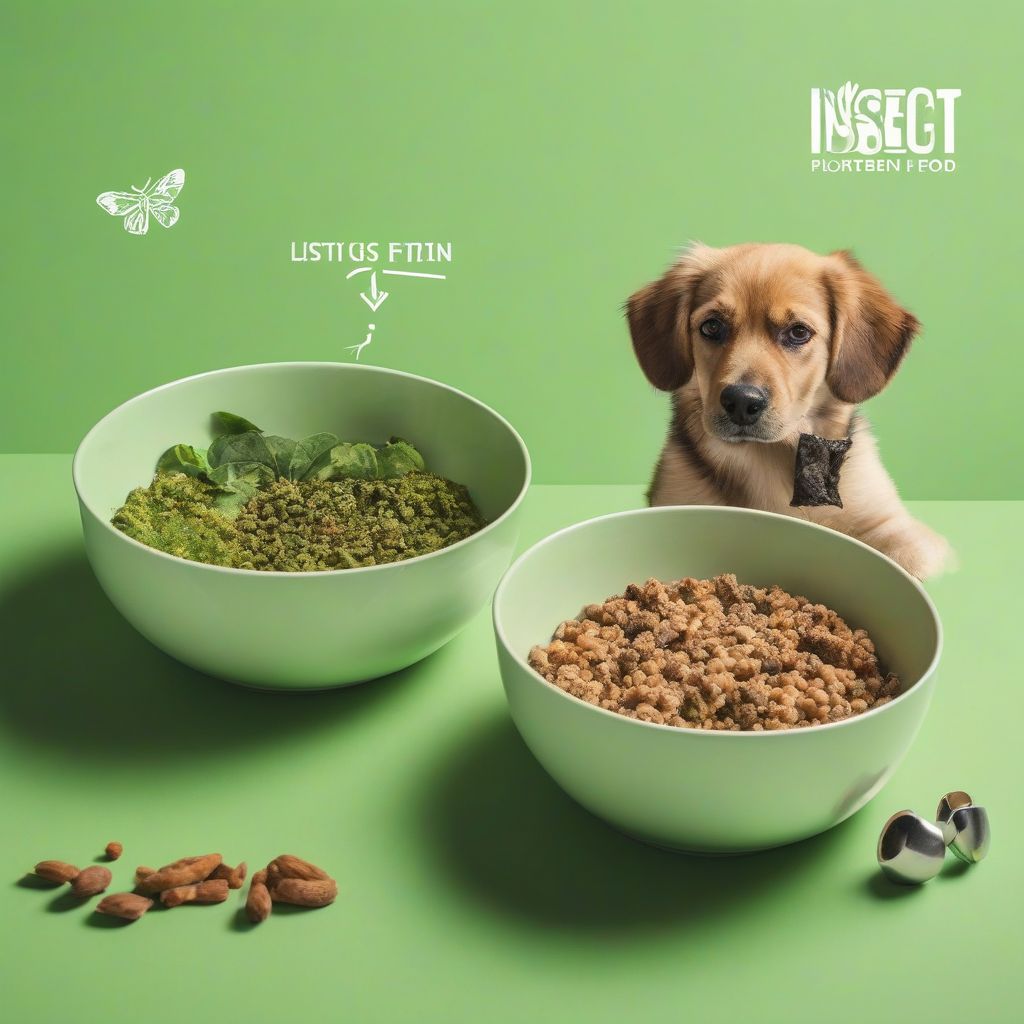Have you ever stopped to think about the environmental impact of your furry friend’s food? As pet parents, we shower our companions with love, but our choices directly affect their well-being and the planet’s health. The pet food industry has a surprisingly significant carbon footprint, but the good news is that we can make more sustainable choices! Let’s explore how to reduce your pet’s carbon “pawprint” through eco-conscious food choices.
Understanding Your Pet’s Dietary Impact
Every step of pet food production, from ingredient sourcing to packaging and transportation, leaves an environmental mark. Here’s a closer look:
- Ingredient Sourcing: Conventionally raised meat requires significant land, water, and energy, contributing to deforestation and greenhouse gas emissions.
- Manufacturing: Pet food processing and packaging also consume energy and generate waste.
- Transportation: Shipping ingredients and finished products worldwide burns fossil fuels, releasing more carbon dioxide into the atmosphere.
Sustainable Food Choices for a Lighter Pawprint
Ready to make a difference? Here’s how to choose more sustainable pet food options:
1. Explore Alternative Protein Sources
- Insect-Based Protein: Insects are a highly sustainable protein source, requiring less land, water, and energy to raise than traditional livestock. Many pet food brands now offer insect-based formulas that are both nutritious and delicious for your furry friend.
- Plant-Based Protein: Vegetarian and vegan pet food options have gained popularity, utilizing plant-based protein sources like peas, lentils, and chickpeas. These options generally have a lower environmental impact than meat-based diets.
2. Choose Sustainable Meat Sources
If you opt for meat-based pet food, look for brands that prioritize sustainably sourced protein:
- Responsibly Raised Meat: Seek out certifications like “Certified Humane” or “Global Animal Partnership” to ensure animals were raised with higher welfare standards and lower environmental impact.
- By-Product Utilization: Some pet food brands utilize meat by-products that would otherwise go to waste, reducing overall food waste.
3. Consider Food Format and Packaging
Even small choices can make a difference:
- Concentrated Formulas: Opting for concentrated pet food formulas can reduce packaging waste and transportation emissions.
- Sustainable Packaging: Support brands that use recycled and recyclable packaging materials.
- Local Sourcing: Whenever possible, choose pet food brands that source ingredients locally to minimize transportation distances.
4. Make Homemade Pet Food (With Caution)
Preparing your pet’s food at home can offer control over ingredients and sustainability, but it requires careful planning:
- Consult a Veterinary Nutritionist: Homemade diets must be nutritionally balanced for your pet’s specific needs.
- Source Ingredients Responsibly: Choose organic, locally sourced ingredients whenever possible.
- Avoid Food Waste: Plan meals carefully to minimize spoilage and waste.
 Reducing the Carbon Footprint of Pet Food
Reducing the Carbon Footprint of Pet Food
Additional Tips for a Sustainable Pet Lifestyle
Beyond food choices, here are more ways to reduce your pet’s environmental impact:
- Adopt, Don’t Shop: Give a loving home to a shelter or rescue animal.
- Spay and Neuter: Help control pet overpopulation, reducing the strain on resources.
- Choose Eco-Friendly Pet Products: Opt for toys, bedding, and accessories made from sustainable materials.
- Reduce, Reuse, Recycle: Responsibly dispose of pet waste and recycle packaging.
[amazon bestseller=”Sustainable Pet Products”]
Conclusion
Our pets enrich our lives in countless ways, and it’s our responsibility to care for them and the planet we share. By understanding our pet’s dietary impact and making conscious choices, we can significantly reduce their carbon pawprints. Remember, every sustainable step we take contributes to a healthier future for our furry companions and the environment they depend on. Let’s strive to be the best pet parents we can be, both for our beloved animals and for the planet we call home.
